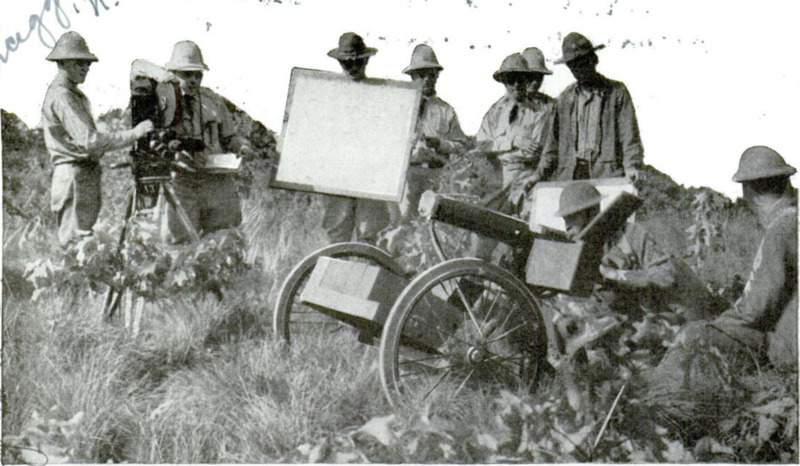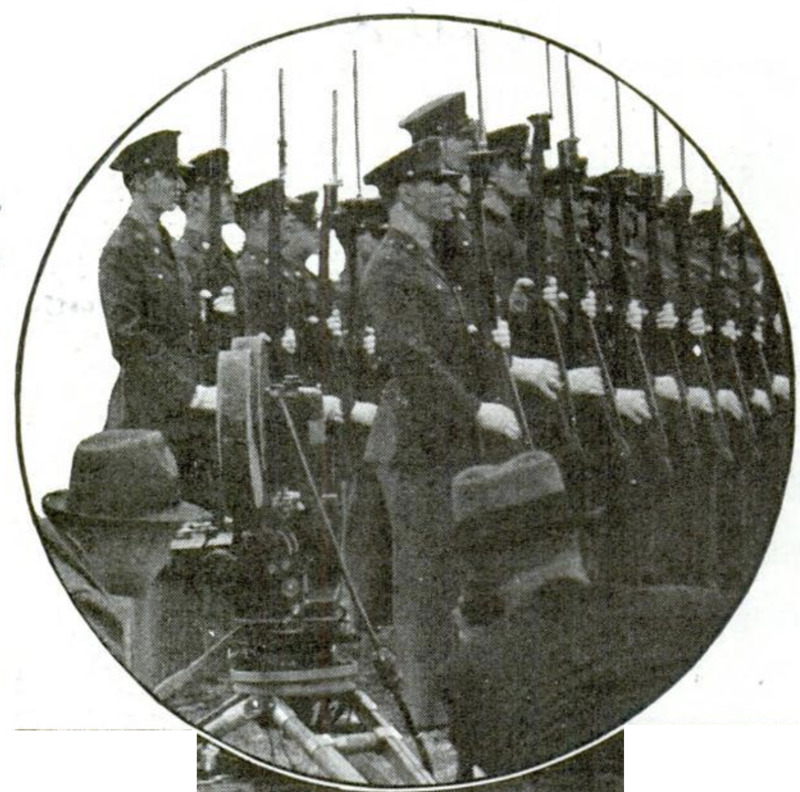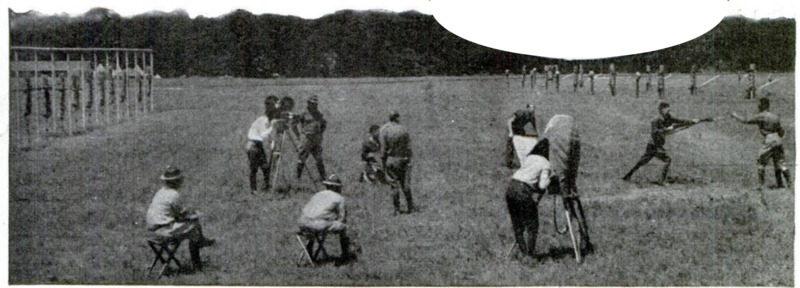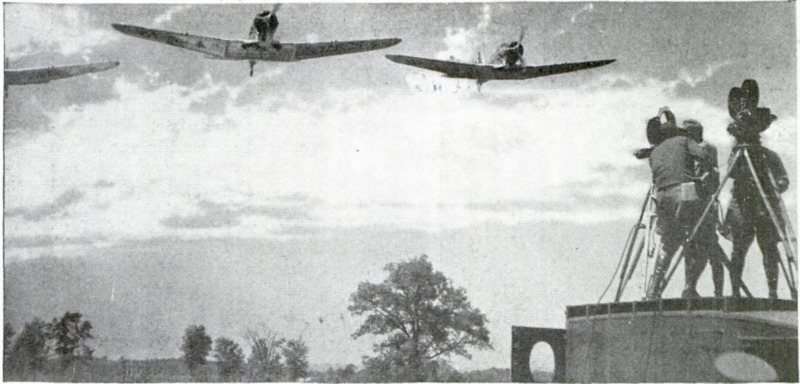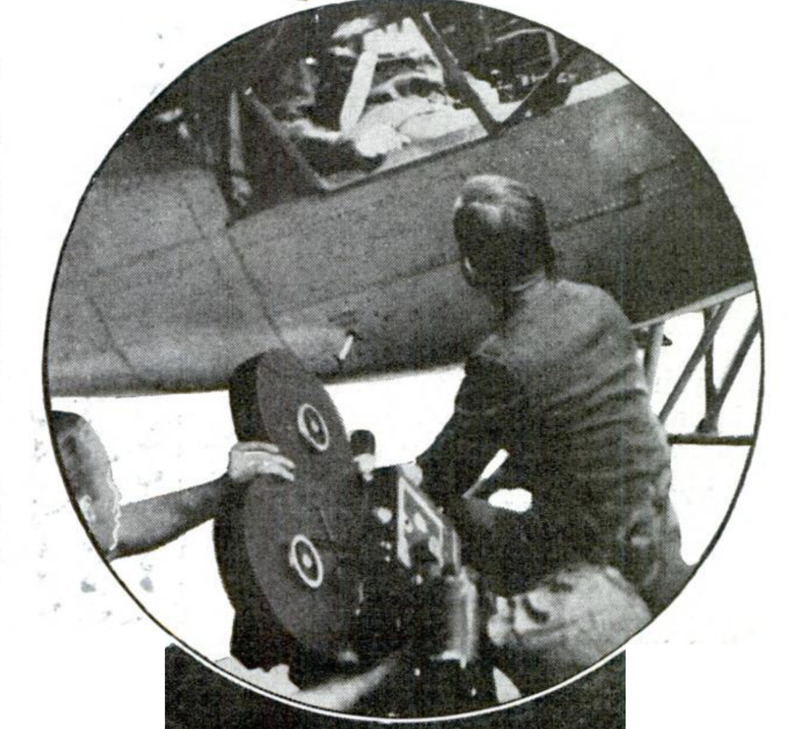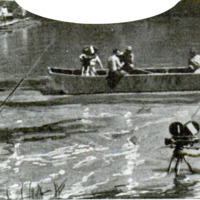The Movies Join the Army
Contenuto
-
Titolo
-
The Movies Join the Army
-
Article Title and/or Image Caption
-
The Movies Join the Army
-
extracted text
-
TO ITS bombs, airplanes, battleships, field artillery and other fighting equipment, America is about to add motion pictures. The Signal Corps of the U. S. Army plans, in substance, visual instruction of troops via the movie method. In addition to familiarizing rookies with the method of reading military maps it gives them a definite visualization of the objective they are working toward in any maneuvers programs in which they participate.
In other words the fledgling soldier who now learns elementary military movements under the personal supervision of a hard-boiled sergeant soon will be permitted to see those movements executed with machinelike precision on the screen to the accompaniment of staccato barks from commanding officers. Likewise budding artillerymen will be able to view batteries of artillery guns in action, the positions and techniques of gun crews and other important details.
The Signal Corps, after almost twenty years of experimentation, is ready to do a complete job on this method of training soldier personnel, so that in case of emergency this country would have a complete program of thousands of training films ready for instructing in every department – soldiers and civilians alike. Under the new plan short films of one and two reels would be made on a large scale. For the most part they would be sixteen-millimeter, amateur size, sound films that would show every type of military drill and would be made available immediately for every army training unit.
In charge of the training film program is a staff of Hollywood trained technicians who work in a tiny laboratory in the Army War College grounds. These experts run a highly efficient motion-picture producing plant containing the most modern equipment including finest sound apparatus, a couple of expert animation artists, plus a corps of directors, actors, projectionists and mechanics.
According to Major R. T. Schlosberg, U.S.A., who directs the movie unit, "The use of animated cartoons is one of the most effective methods in this ultra-modern system of education. Functional processes of equipment and precise operation of weapons can be demonstrated effectively in this manner. For example, a complete picture of what occurs inside the recoil mechanism of a big gun can be illustrated visually by no other method."
The army also maintains a training film unit, based at Fort Monmouth, N. J., in charge of Major M. E. Gillette. This unit is charged with the preparation of scenarios and the photographic and editorial work in connection with the completion of the finished training film.
Raw materials for an army movie cost from $600 to $700 a reel, depending on the number of retakes. When a movie has been filmed it goes through about the same general procedure in the army as it would in Hollywood. Developed, cut, edited and assembled, it will then be shown in a projection room with walls and ceilings soundproofed, while army officers, seated in red-leather chairs, look on with critical eye. Copies of each movie are sent to the various corps area headquarters.
The Signal Corps made hundreds of thousands of feet of film during the world war. This material, together with subsequent additions, probably constitutes the largest and most valuable collection of historical movies in the government service.
-
Lingua
-
eng
-
Data di rilascio
-
1939-12
-
pagine
-
888-889, 141A
-
Diritti
-
Public Domain (Google digitized)
-
Archived by
-
Matteo Ridolfi
-
Alberto Bordignon (Supervisor)
